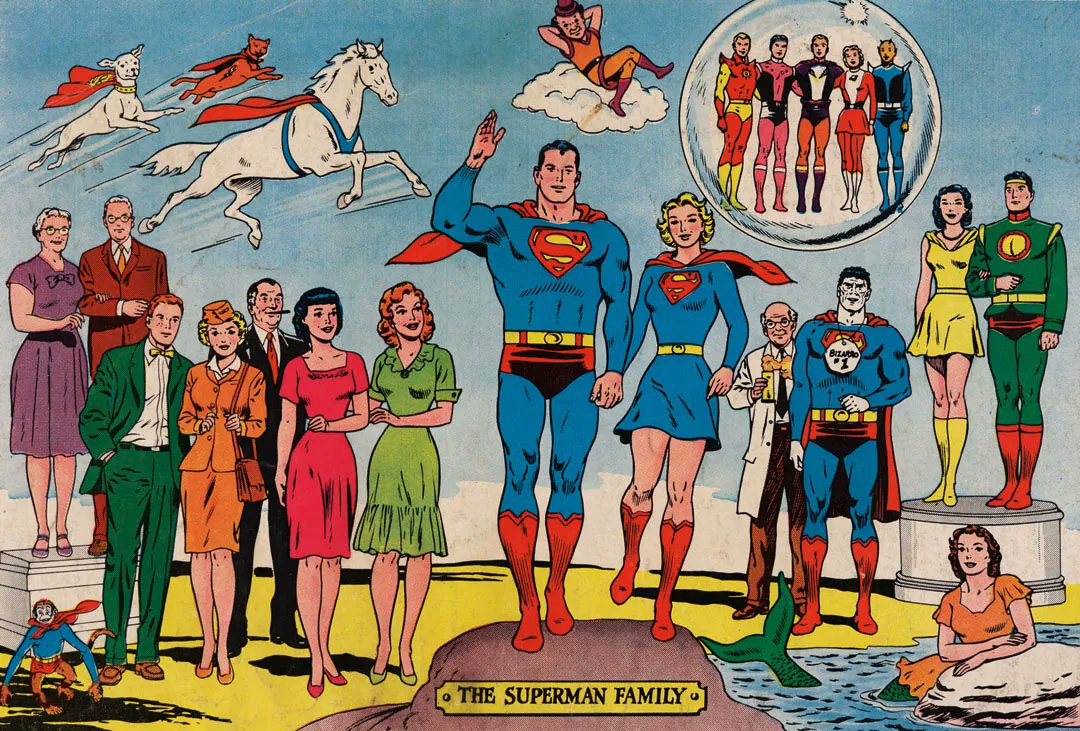John Byrne’s run on She-Hulk continues to polarize readers for its foregrounding of the male gaze, but the series pushed 4th wall breaks in comics to new heights with a clear trajectory toward wildly popular modern characters such as Harley Quinn and Deadpool. #SheHulk 1/5 

In an interview with Syfy, Byrne provides a full account of where this aspect of the character came from: 2/5 

"When [Marvel editor] Mark Gruenwald was talking to me about doing a new She-Hulk book, he said, 'Find a way to make it different,'" recalled Byrne. "I took the subway home, and on the way I thought, 'She knows she's in a comic book.'" 3/5 

Byrne was by no means the inventor of the 4th wall break in comics, a tradition whose history includes early comic strips by Winsor McCay, as well as breakout superhero characters like Mr. Mxyzptlk, Howard the Duck, and even Superman himself. 4/5 



Never before, however, had a mainstream Marvel character had so much of their existence embroiled in self-awareness and in a direct address to both readers and creators. 5/5 

• • •
Missing some Tweet in this thread? You can try to
force a refresh























